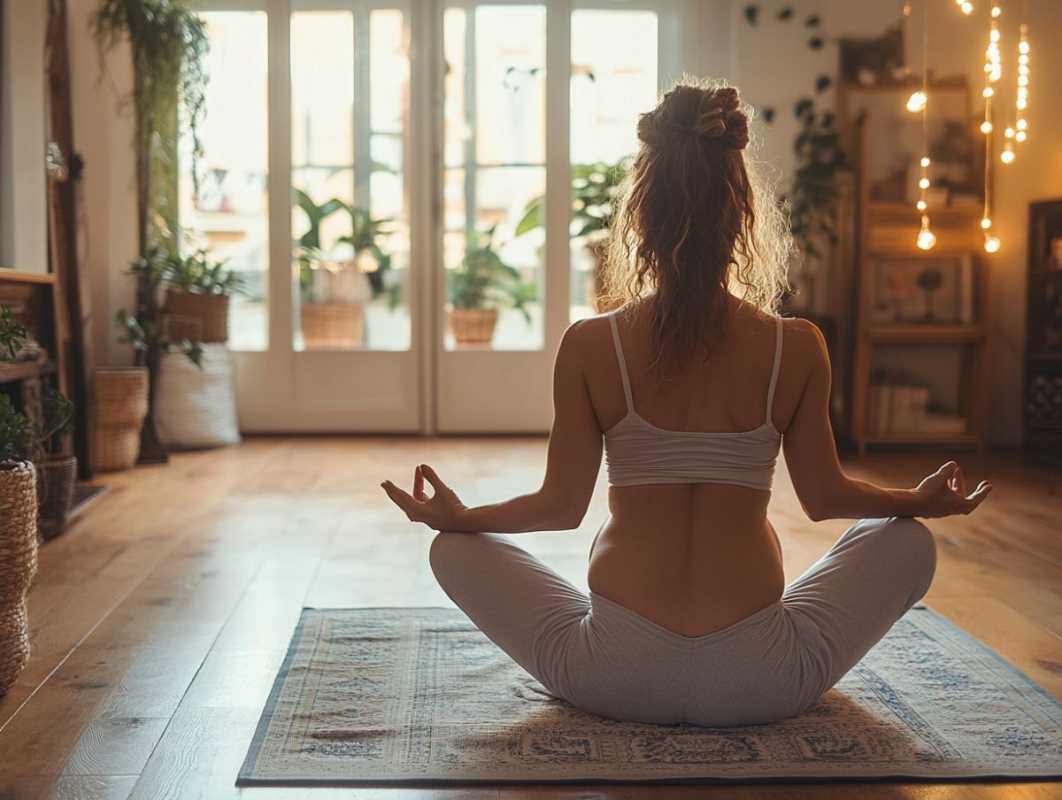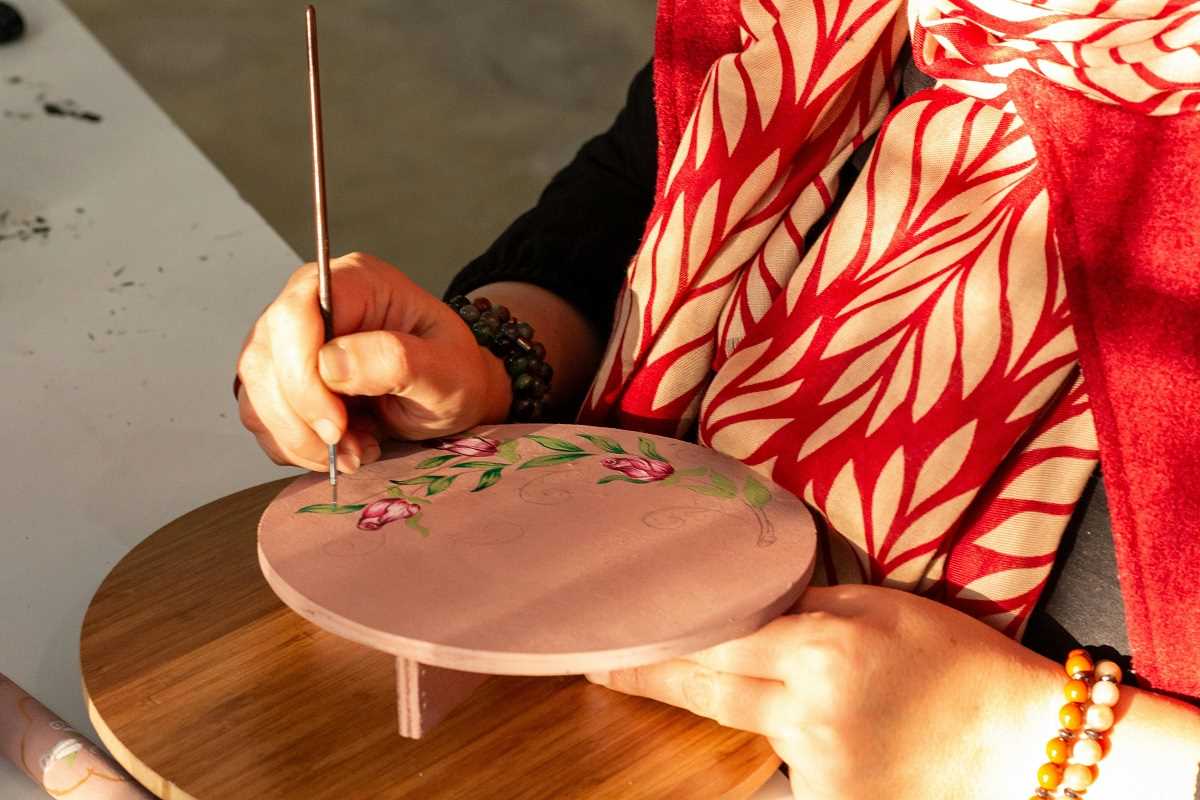Taking care of yourself shouldn’t feel like a chore. A good self-care routine keeps you grounded, helps you recharge, and supports your emotional and physical well-being. But with busy schedules and competing priorities, sticking to self-care can be surprisingly tricky. Creating a routine that works requires some thoughtful planning and flexibility. The key is to focus on small, meaningful practices that integrate easily into your daily life. When your self-care habits feel natural and enjoyable, you’ll find it easier to stick with them. Here’s how to build a routine that lasts and truly enhances your well-being.
Understanding the Concept of Self-Care
Self-care isn’t about indulgence or luxury. At its core, self-care is the practice of tending to your overall well-being. It might include physical activities like exercising, emotional practices like journaling, or even little gestures like setting aside time to relax. What makes something self-care is the intent behind it—to prioritize yourself and nurture your mental, emotional, and physical health.
It’s important to recognize that self-care looks different for everyone. What leaves one person feeling recharged might feel draining to someone else. For example, while an early morning yoga class might set the tone for the day for one person, another might prefer a quiet moment with a cup of tea to ease into their morning. Getting clear on what refreshes and restores you is the first step toward building a sustainable routine.
Identifying Your Needs
Creating a lasting self-care routine starts with understanding your needs. Give yourself permission to ask direct, honest questions about what you’re missing in your daily life. Are you feeling physically fatigued? Mentally drained? Or maybe your social life needs attention. Once you identify the areas where you’d like more support or balance, it becomes easier to tailor your self-care practices.
For instance, if you’re physically run-down, integrating gentle movement, like walking or stretching, might be helpful. If stress has been high, activities that promote relaxation, such as mindful breathing or reading, could make a difference. Recognizing what you need is an ongoing process. Needs can evolve as your circumstances, energy levels, or even the seasons change, so staying tuned into what feels right is crucial.
Starting Small and Staying Realistic
One of the most common mistakes when building a self-care routine is trying to overhaul your life all at once. Big, dramatic changes might feel exciting at first but can be hard to maintain. Instead, it’s better to focus on small, easily achievable habits that fit seamlessly into your existing schedule.
For example, rather than committing to an hour-long workout if you’re short on time, try starting with ten minutes of stretching. If journaling feels overwhelming, jotting down a single sentence about your day is a great start. These small acts might not seem significant, but they build momentum and allow you to experience the benefits of self-care without adding unnecessary pressure.
Starting small also makes it easier to experiment. You might not know what types of self-care resonate with you until you try them. Smaller adjustments are easier to tweak and adapt as you find what truly works.
Creating a Routine That Fits Your Life
A self-care routine doesn’t have to follow a strict schedule. For it to stick, it should align naturally with your daily rhythm. Think about times of day when you’re most likely to follow through. If you tend to have more energy in the morning, that might be a great time to practice self-care. On the other hand, if you find mornings rushed, planning for the evening might make more sense.
It’s also valuable to consider the environment where you’ll practice self-care. If you enjoy quiet time, finding a calm, undisturbed area in your home might make your routine more enjoyable. If you recharge through social connections, joining a class or group activity could provide support and structure.
Being flexible with how you integrate self-care is another way to stay consistent. Life isn’t predictable, and some days will be busier than others. Having a mix of quick, simple self-care options and more time-consuming activities can help keep things manageable. Even on your busiest days, a five-minute check-in with yourself can make a big difference.
The Role of Boundaries in Self-Care
Boundaries are a crucial yet often overlooked part of self-care. Without them, it’s easy to overcommit or push your needs aside to accommodate others. Setting boundaries might involve saying no to plans you don’t have the energy for, limiting your usage of social media, or designating time each day as “off-limits” for work or interruptions.
Establishing boundaries ensures you have the time and space to focus on self-care without guilt. Boundaries can be tough to set initially, but they’re an essential part of showing yourself respect. They also make self-care feel more intentional, reminding you that prioritizing yourself is a choice, not a leftover thought.
Incorporating Joy into Your Self-Care
The best self-care routines include activities that bring genuine joy. While certain practices, like getting enough sleep or drinking water, focus on basic well-being, self-care should also celebrate the things that make you happy. These moments of joy are just as rejuvenating as relaxing or restorative activities.
Consider hobbies or interests that light you up. It might be painting, baking, dancing, or exploring nature. Including these activities in your routine makes self-care feel exciting and rewarding rather than another task to check off your list. Remember, joy is a form of nourishment, and it matters just as much as any other part of your routine.
Balancing Progress with Patience
A successful self-care routine isn’t built overnight. It develops gradually through trial and error. Some practices might feel right immediately, while others take time to feel natural. It’s normal to hit a few bumps along the way, whether that means forgetting a habit or realizing something doesn’t work as planned. These moments aren’t failures but opportunities to adjust and keep moving forward.
Patience is key to making self-care stick. Be kind to yourself as you figure out what works, and don’t hesitate to celebrate small successes. Even simple changes, like choosing to rest before you feel burnt out, are worth acknowledging. Over time, these small victories add up to meaningful progress.
Reflecting and Adjusting Over Time
A consistent self-care routine doesn’t mean sticking rigidly to the same practices forever. Life changes, and so do your needs. Periodically reflecting on what’s working and where you’d like to improve can keep your routine fresh and aligned with where you are now.
Reflection can be as simple as asking a few questions: Are your self-care habits still leaving you feeling recharged? Is there something you’ve been missing or overlooking? A routine that adapts with you is more likely to remain sustainable in the long run.
 (Image via
(Image via





